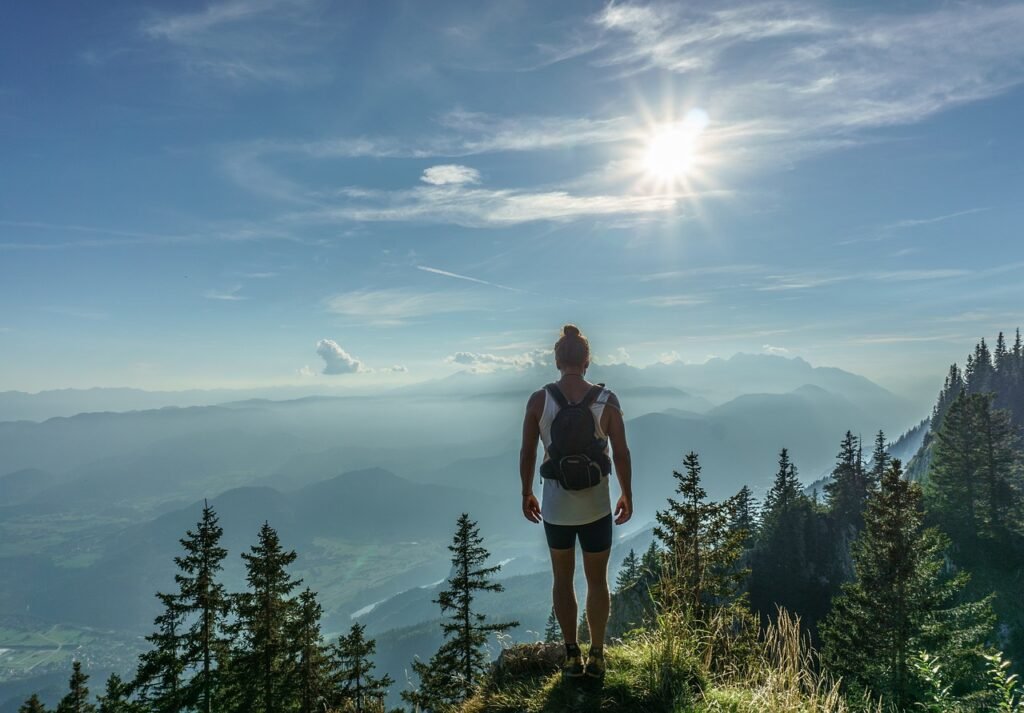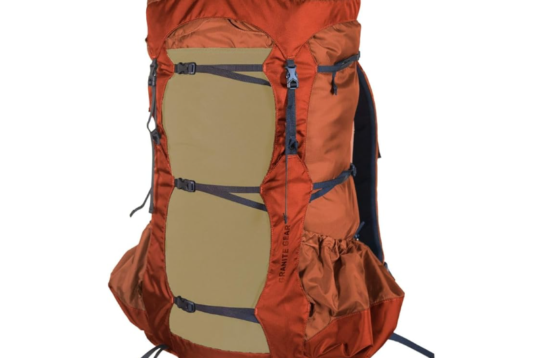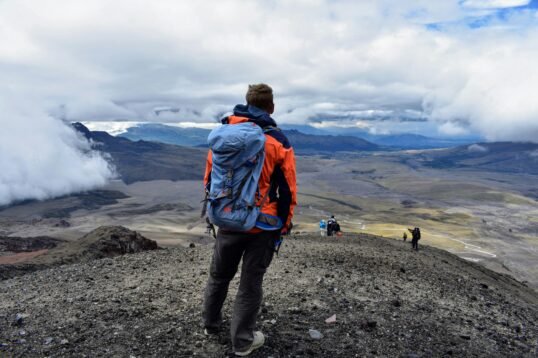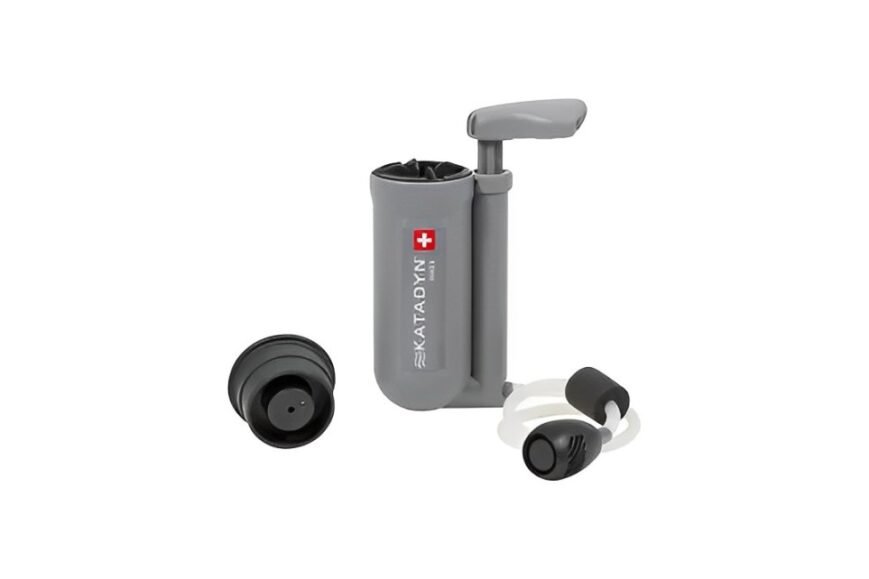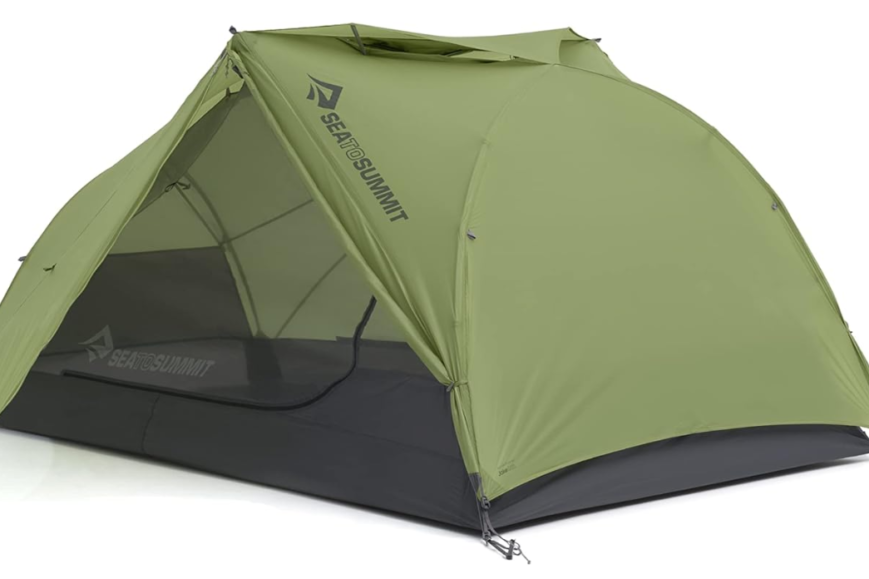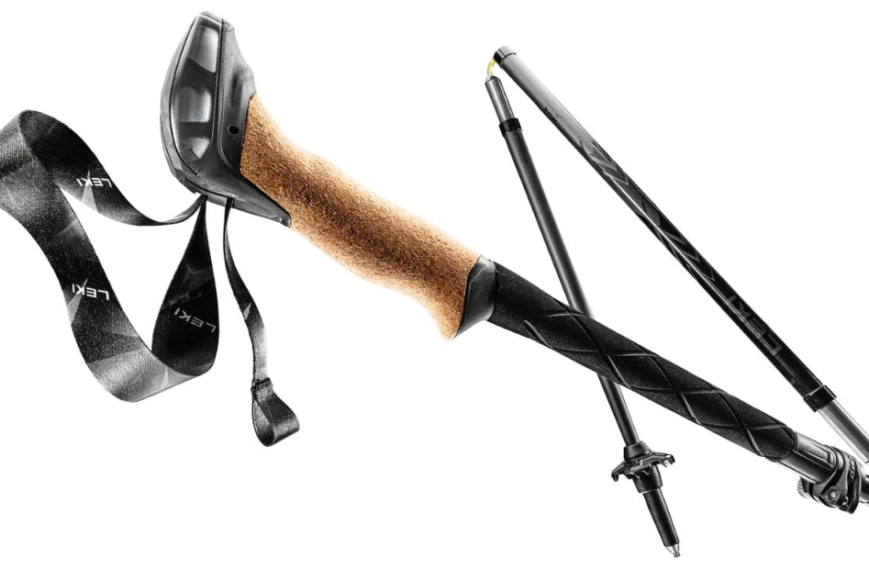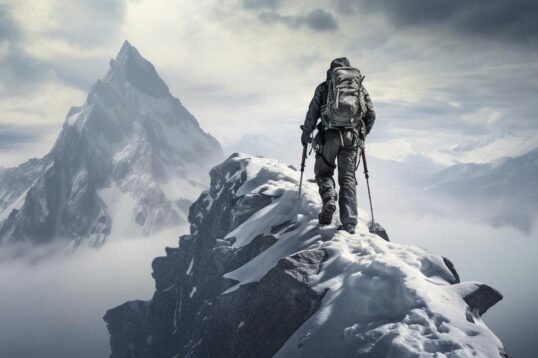Sunny days are perfect for lacing up your boots and heading out in search of an alpine lake, a mountain summit, or a dramatic slot canyon. However, the combination of intense heat and prolonged sun exposure can turn your fun day into a painful and potentially dangerous experience if not managed properly. This guide aims to provide you with essential tips and strategies for a safe and enjoyable hiking experience in hot weather.
Planning Tips for Hot-Weather Hiking
When to Hike
Avoid the Hottest Time of Day
The hottest time of day is typically between noon and 3 p.m. On scorching days, it’s best to avoid this period altogether. Start your hike early in the morning and aim to finish by early afternoon, or begin your hike after 3 p.m. If you must hike during the hottest hours, plan your route to include shaded areas or bodies of water where you can cool off.
Go for a Night Hike
In extremely hot locales, daytime temperatures can be unbearable. Night hiking can offer a cooler alternative. For more information, check out to our article about night hiking.
Where to Hike
Stay in the Shade
Choose hiking trails that keep you under the shade of trees or within steep canyon walls to avoid direct sun exposure.
Hike Near Water
If shade is scarce, opt for hikes near oceans, lakes, or rivers. The cool breeze from the water can be refreshing. Additionally, you can frequently dip your hat, shirt, or bandana in the water and drape them over your body to stay cool as the water evaporates.
Clothing and Gear Tips for Hot-Weather Hiking
Choose the Right Clothing
- Light Colors
Wear light-colored clothing that reflects the sun’s rays rather than absorbing them. Opt for shirts, shorts, and pants in white, tan, or khaki.
- Loose, Breathable Clothing
Lightweight, loose-fitting clothing made from materials like nylon and polyester will help your body regulate temperature.
- Cotton Can Be OK
While cotton has a bad reputation in the outdoors due to its moisture-absorbing properties, it can be beneficial in hot and dry conditions. The moisture can feel good against your skin and help cool you down as it evaporates. However, be cautious as wet cotton can cause chafing and discomfort.
- Open Vents
Some hiking clothes come with built-in vents. Opening these vents can improve airflow and help keep you cool.
- UPF-Rated Clothing
Clothing with a UPF rating provides guaranteed sun protection. Common ratings include UPF 15, UPF 30, and UPF 50+. Learn more in our Sun Protection Clothing Basics article.
Cover Up
- Hats
A hat is essential for protecting your face and neck from the sun. A sun hat with a brim that goes all the way around is more effective than a baseball cap.
- Cool Your Neck
Use a bandana, sun-protective neck gaiter, or other lightweight cloth soaked in water to keep your neck cool. Special polymer-crystal filled neck scarves can maintain moisture for longer periods.
- Wear the Right Socks
Avoid cotton socks and choose wool or synthetic options instead. Ensure they fit well to prevent blisters and discomfort. You might have the right boots, but the right socks can actually make all the difference.
Hydration
Bring Enough Water
Ensuring you have enough water is crucial for a summer hike in hot weather. Dehydration can set in quickly, especially when temperatures soar. As a general rule, aim to carry at least one liter of water per hour of hiking. This amount can vary depending on the intensity of the hike, the temperature, and your individual hydration needs.
For longer hikes, consider carrying a hydration pack with a larger capacity, such as a 3-liter bladder, to minimize the need for frequent refills. Additionally, bring along a lightweight, portable water filter or purification tablets. This allows you to safely refill your water supply from natural sources like streams and lakes, which can be a lifesaver on extended hikes.
Carry a Hydration Pack
A hydration pack with a sip tube makes it easier to hydrate frequently compared to a water bottle. These packs are designed to hold a bladder that can carry anywhere from 1.5 to 3 liters of water, allowing you to stay hydrated for longer periods without the need for frequent refills.
The sip tube, which extends from the bladder to your shoulder strap, provides hands-free access to water, making it convenient to drink while on the move without having to stop and dig out a water bottle from your backpack.
Health Concerns for Hot-Weather Hiking
Sunburn
Sun-protection clothing is a good defense, but don’t forget to apply sunscreen to exposed skin. Choose an SPF 30 or higher for hikes lasting longer than 2 hours. Apply sunscreen 15 minutes before sun exposure and reapply every 2 hours or after swimming or sweating. Learn more in our Sunscreen: How to Choose and Sunscreen: When and How to Use articles.
Dehydration
Adequate hydration is crucial to prevent dehydration, which can lead to other heat-related illnesses. A good starting point is to drink about a half-liter of water per hour of moderate activity. Adjust this amount based on temperature, humidity, and your activity
level. Remember that thirst is not always a reliable indicator of hydration status, so make it a habit to drink water regularly throughout your hike.
Heat Exhaustion and Heat Stroke
Recognizing Symptoms
Heat exhaustion and heat stroke are serious conditions that can occur when your body overheats. Symptoms of heat exhaustion include heavy sweating, weakness, dizziness, nausea, and headache. Heat stroke is more severe and can be life-threatening, with symptoms such as high body temperature, confusion, rapid pulse, and unconsciousness.
Prevention
To prevent these conditions, take frequent breaks in the shade, drink plenty of water, and listen to your body. If you start feeling unwell, stop hiking, find a cool place to rest, and hydrate. For more detailed information, refer to our Heat-Related Illnesses: Prevention and Treatment article.
Nutrition Tips for Hot-Weather Hiking
Eat Light and Often
High-Water-Content Foods
Foods with high water content, such as fruits and vegetables, can help keep you hydrated. Consider packing items like watermelon, oranges, cucumbers, and celery.
Salty Snacks
Sweating causes you to lose electrolytes, particularly sodium. Eating salty snacks like pretzels, nuts, and jerky can help replenish these lost electrolytes.
Balanced Meals
Ensure you consume a balanced mix of carbohydrates, proteins, and fats to maintain energy levels. For more tips on trail nutrition, read our Trail Food and Snacks: How to Choose article.
Essential Gear for Hot-Weather Hiking
Sun Protection
Sunglasses
Protect your eyes with sunglasses that block 100% of UVA and UVB rays. For more details, check out our Sunglasses: How to Choose article.
Lip Balm with SPF
Don’t forget to protect your lips with a lip balm that includes SPF.
Emergency Gear
First Aid Kit
Carry a well-stocked first aid kit that includes items for treating blisters, sunburn, and heat-related illnesses. For a comprehensive list of what to include, see our First Aid Kit Essentials article.
Emergency Shelter
An emergency shelter, such as a lightweight tarp or space blanket, can provide shade and protection if you need to stop and rest.
Conclusion
Hiking in hot weather can be a rewarding experience if you take the necessary precautions to stay safe and comfortable. By planning your hike carefully, wearing appropriate clothing, staying hydrated, and being mindful of your body’s signals, you can enjoy the beauty of nature without compromising your well-being.
Remember to avoid the hottest parts of the day, seek shade whenever possible, and carry essential gear to protect yourself from the elements. With these strategies in place, you’ll be well-prepared to tackle the trails and make the most of your outdoor adventures, even in the heat.
For more detailed information on hiking and outdoor activities, explore our extensive collection of articles on hiking tips, gear recommendations, and safety guidelines. Happy hiking!
FAQs
Q. How much water should I bring for a hot-weather hike?
A good rule of thumb is to drink about a half-liter of water per hour of moderate activity. Adjust this amount based on the temperature, humidity, and your activity level. Always carry extra water and consider bringing a water filter or purifier if you plan to refill from natural sources.
Q. What should I wear for hiking in hot weather?
Wear light-colored, loose-fitting clothing made from breathable materials like nylon and polyester. Consider clothing with UPF ratings for added sun protection. Don’t forget a wide-brimmed hat, sunglasses, and a bandana or neck gaiter soaked in water to keep your neck cool.
Q. How can I prevent heat exhaustion and heat stroke?
To prevent heat-related illnesses, take frequent breaks in the shade, drink plenty of water, and listen to your body. Wear appropriate clothing, use sun protection, and avoid hiking during the hottest part of the day. If you start feeling unwell, stop hiking, find a cool place to rest, and hydrate.
Q. What are some good snacks to bring for a hot-weather hike?
Pack high-water-content foods like fruits and vegetables, as well as salty snacks to replenish lost electrolytes. Ensure you consume a balanced mix of carbohydrates, proteins, and fats to maintain energy levels. Examples include watermelon, oranges, pretzels, nuts, and jerky.
Q. What should be included in a first aid kit for hot-weather hiking?
A first aid kit for hot-weather hiking should include items for treating blisters, sunburn, and heat-related illnesses. Essential items include adhesive bandages, blister treatment, sunscreen, lip balm with SPF, electrolyte tablets, and an emergency shelter. For a comprehensive list, see our First Aid Kit Essentials article.
![]()

